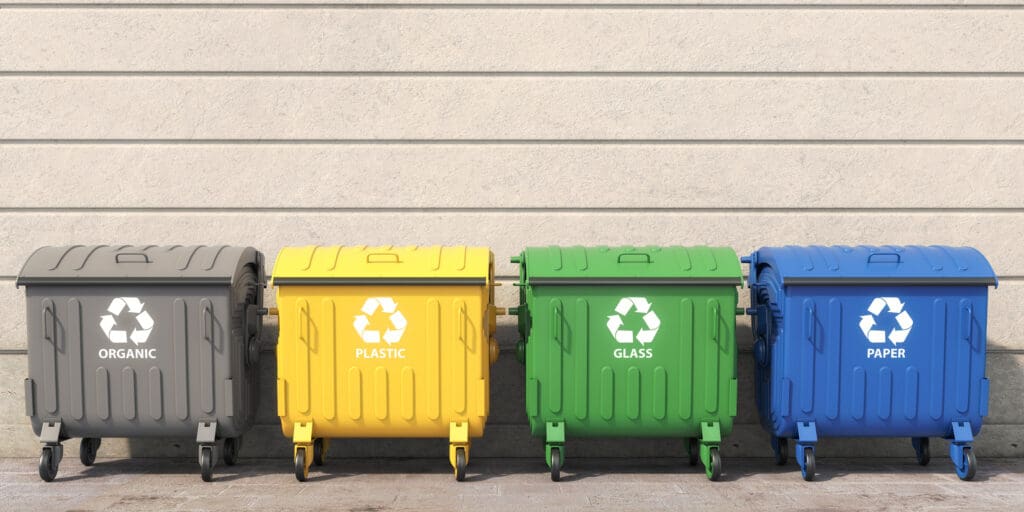Fixing The Gaps In Your Content Marketing

Content marketing is today’s marketing — the old “spray and pray” approach of simply putting your brand in front of as many people as possible and hoping that some of them turn into buyers is going by the wayside. Customers simply have access to too much information from too many sources.
In addition, they’re curating their own content experience. They have DVR, streaming TV services, ad blockers, and algorithmic news feeds, which means they don’t see content unless they want to.
That’s why so many companies are getting into content marketing — providing useful, informative content to customers who seek it out is a game-changer. But there’s a right and a wrong way to do it. Here are a few mistakes that even the pros make and how to fix them.
Only Using One Kind Of Content
We’ve all seen one, though luckily they’re getting less and less common — a blog post or web page with no images, just a long block of text. They make your eyes glaze over, don’t they? We all know that humans are visual creatures and need some kind of image to break up the monotony of a page, even if the image is an abstract photo that doesn’t really add much information to the text.
But don’t stop at adding images to your blog posts. In fact, don’t stop at blog posts themselves. Your content needs to be variegated enough that regardless of the context and personal preferences of your prospective customers, you’ve got something they can engage with.
For a lot of people, that’s video. People view more than 100 million hours per week of video on Facebook, most of it in the form of short, grappy, 60-90 second chunks. And that’s just Facebook. Instagram video consumption nearly doubled between 2016 and 2017, and Youtube users watch 3.2 billion hours a month. Video is capturing people’s attention like nothing before, and marketers need to get in on it.
Infographics are another great way to convey otherwise dry data. Rather than writing a whitepaper or blog post full of percentages and statistics, roll them together into an infographic with some easy-to-read graphs to really get your point across.
Building an infographic rather than using stock photography is time-consuming and requires a skilled designer, but it’s worth it — in a survey of 300 online marketers, 40% said that original graphics (infographics) performed better and drove more engagement than any other visual format they produced.
Not Defining Your Reader
TV commercials are expensive because they’re putting your brand in front of thousands, if not millions, of people — but who are those people? And are they the ones you want to talk to? Chances are, if you pay for a TV ad, billboard, or other form of so-called “outbound” marketing, you’re paying for the ability to expose your brand to tons of people who couldn’t care less about what you’re selling.
There are a million different ways to make sure the right people are seeing your content — advertising on the right sites, targeting Facebook advertisements, SEO optimization for certain keywords, and so on — but first, you have to know who you’re talking to. That’s the idea behind inbound marketing in general and content marketing specifically. Create content that people want to see and that will help them make a buying decision, then help guide them toward that content.
We can’t emphasize enough the importance of creating a buyer persona. A buyer persona is an idealized version of your perfect customer — if everyone who signed up for your product looked like this person, you’d be happy.
To build a buyer persona, start with broad categories. Is your product targeted specifically at men or women, or is it gender-neutral? Can your customers live all over the world, or do they need to be within driving distance of your office? Can you service customers that don’t speak English? And so on.
From there, get more specific. What kind of income will your customers need — whether they’re individuals or businesses — to make your product worth their while? What specific job titles do these people have? Do they drive to work or take the bus? Do they watch Netflix or cable TV? Do they use Facebook or Snapchat? Not every question we’ve listed here will be relevant for you, but they’re ways of narrowing down who your buyer personas are so that you can target the right people and avoid wasting time on the wrong ones.
Writing Content That’s Not Evergreen
It’s tempting to jump on the latest trending topic, whether it’s specific to your industry or just whatever the rest of the internet is talking about. While it’s fine to write content around current events and stories, it’s not necessarily a sustainable model for content production going forward.
Trending topics are just that — trends. They’ll fade over time, and then no one will be searching for those terms any more. Writing a blog post themed around whether a dress is white and gold or black and blue may have gotten you plenty of hits at the time, but when’s the last time you heard someone bring it up?
Instead, aim for content that’s evergreen — content that’s always relevant, no matter the situation. Industry guides, broad topics like SEO and content marketing best practices, and informational posts are all going to be relevant for a lot longer than a flash-in-the-pan news story.
Forgetting About CTAs
It’s tempting to write a detailed, beautifully-crafted blog post, publish it, and be done with it. You might even roll it out across all your marketing channels and drive tons of traffic to your new blog post, which is great! But what’s the point of all that marketing if people are just reading your post and leaving?
That’s where a good CTA (call to action) comes in. After all, the point of a blog post on your site is to drive customers down the funnel toward making a purchase, so use your CTAs to keep them moving along that journey. If they came to you to learn, show them where to learn more. If they came to help make a decision, direct them toward more information that will help them decide on you. And if they’re ready to make a purchase, show them how to do that.
Traffic for its own sake isn’t helping you keep the lights on. You need to be turning that traffic into leads and those leads into customers for your content marketing strategy to really make a difference.





